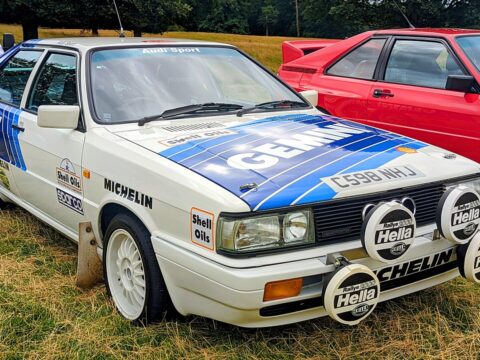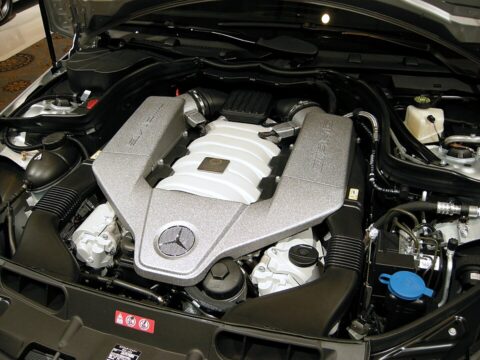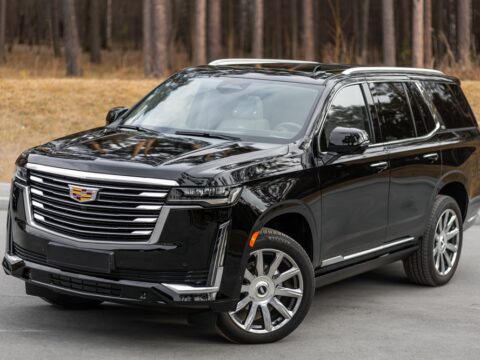With each new model year, we see the introduction of cutting-edge features and technology aimed to enhance comfort, safety, and overall driving experience. However, amid this relentless march towards the future, certain aspects of car design have been left behind – components that once added character, charm, and a sense of tactile engagement to our vehicles.
Contents
Bench Seats
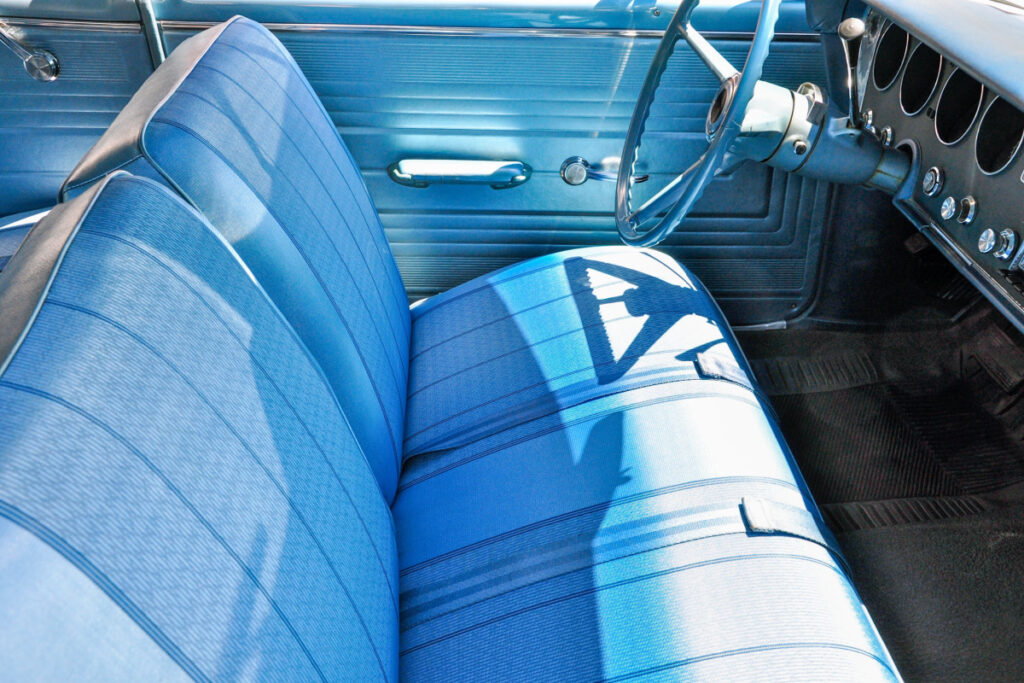
Once a staple feature in many cars, bench seats in the front row have largely disappeared. They were common in vehicles manufactured in the mid-20th century, allowing three passenger seats in the front and making cars feel more spacious. However, as vehicle design evolved towards a more driver-focused environment, bucket seats became the norm for better comfort and ergonomics. The shift started in the 1970s with sports cars, and by the late 1990s, almost all new cars had bucket seats. The 2013 Chevrolet Impala was the last model to offer a front bench seat option.
Manual Window Cranks

Manual window cranks were common in cars before the advent of power windows. A driver or passenger would turn a crank to raise or lower the car’s side windows. Invented in the early 20th century, manual window cranks started to be replaced by power windows in the 1970s when the technology became more reliable and cost-effective. By the 2000s, manual window cranks became rare, and nearly all new cars now feature power windows.
Cassette Tape Players
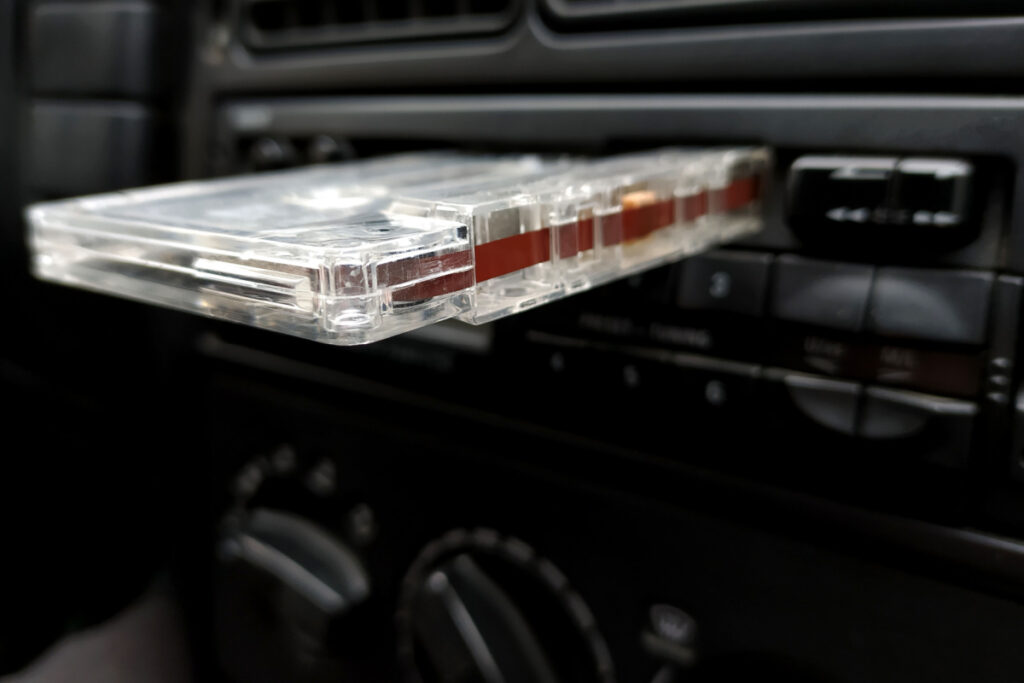
Introduced in the early 1970s, car cassette players were a significant upgrade over the 8-track players of the time. They allowed for more accessible and enjoyable in-car entertainment, allowing drivers and passengers to listen to a greater variety of music. As technology advanced, CDs replaced cassettes in the late 1990s, and by the 2010s, even CD players were phased out in favor of digital media and streaming services. The 2010 Lexus SC430 was the last car to have a cassette player.
Ashtrays and Cigarette Lighters
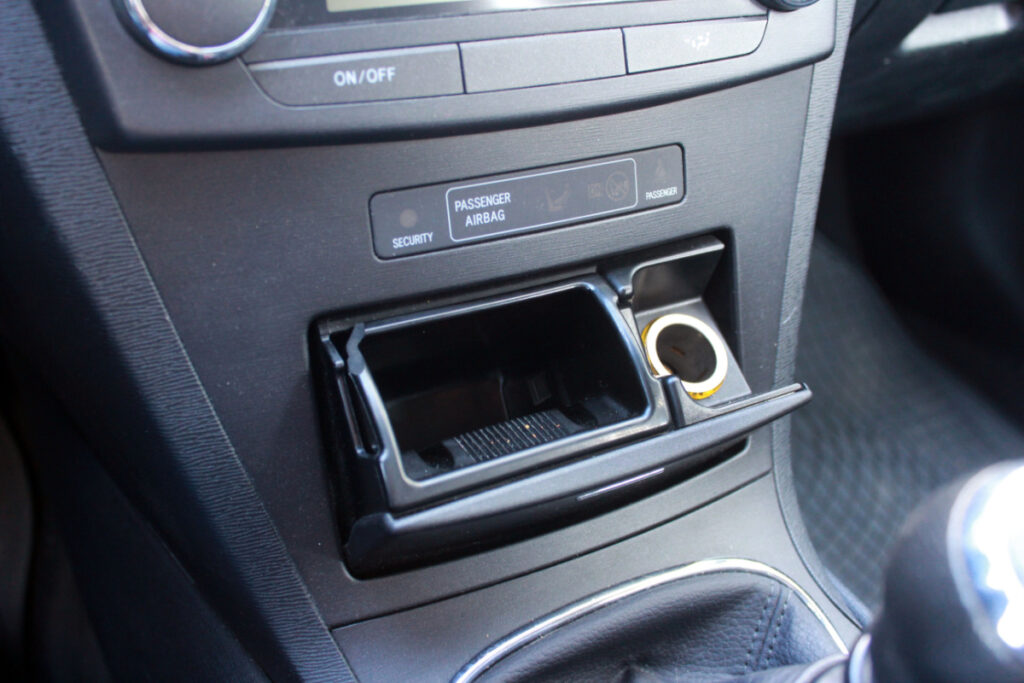
At one time, in-car ashtrays and cigarette lighters were standard features, reflecting the societal norms of smoking. However, with growing awareness of the harmful effects of smoking, their prevalence decreased. Most cars have replaced these features with 12-volt outlets for device charging and extra storage compartments. The 1990s saw a significant decline in these features, and by the mid-2000s, they were practically extinct in new cars.
Carburetors
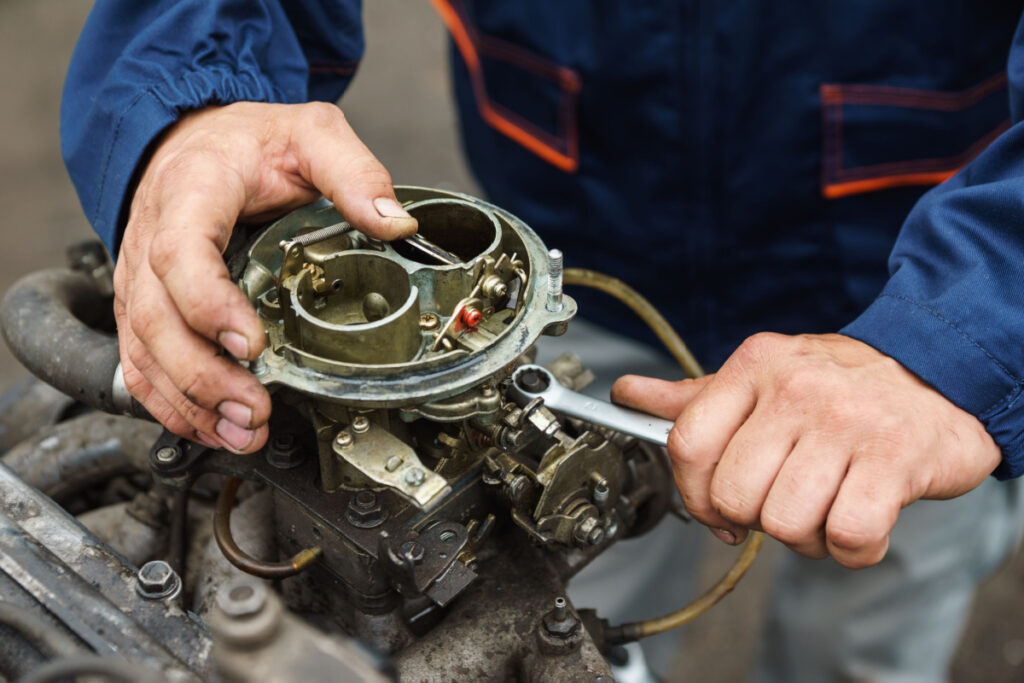
Before fuel injection, carburetors were the primary means of mixing air and fuel for combustion in an engine. They have been commonplace in the automotive industry since the early days of mass-produced cars. However, they were less efficient and reliable than fuel injection systems, which became popular in the 1980s due to their fuel economy and cleaner emissions. By the mid-1990s, almost all new cars used fuel injection. The 1994 Subaru Justy was the last mass-produced car sold in the United States with a carburetor.
Manual Transmissions
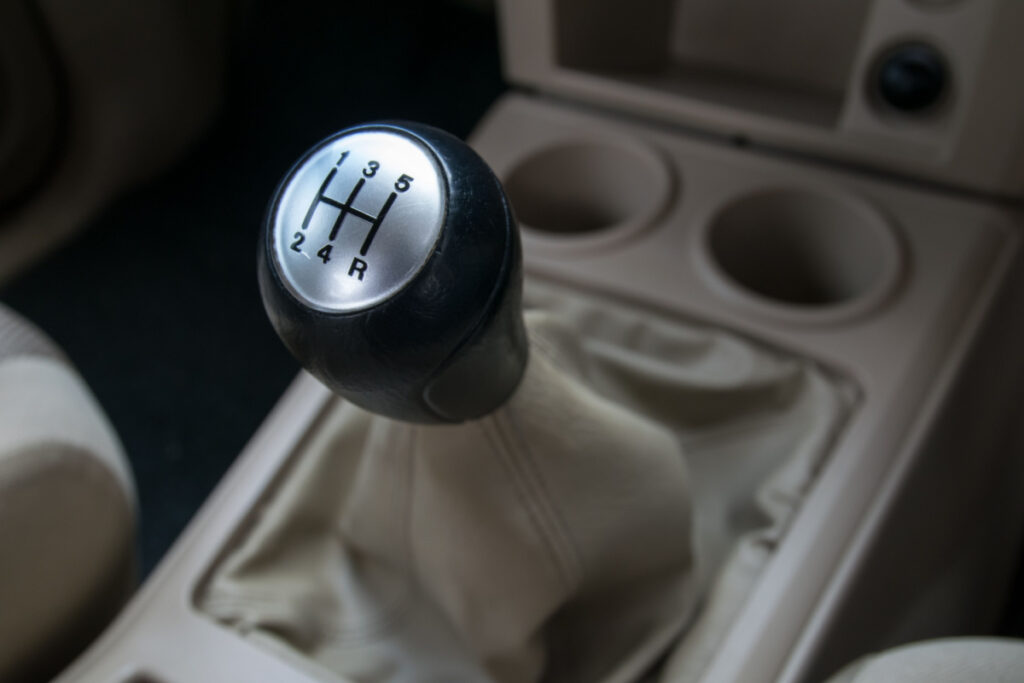
While manual transmissions are still available in certain models, the percentage of new cars with manual transmissions has decreased dramatically in the past few decades. Manual transmissions or “stick shifts” were the standard for the auto industry until automatic transmissions became prevalent in the mid-20th century. By 2006, less than 15% of new models offered in the U.S. came with manual transmissions; by 2021, that figure was less than 2%.
Hand Cranks for Starting the Engine
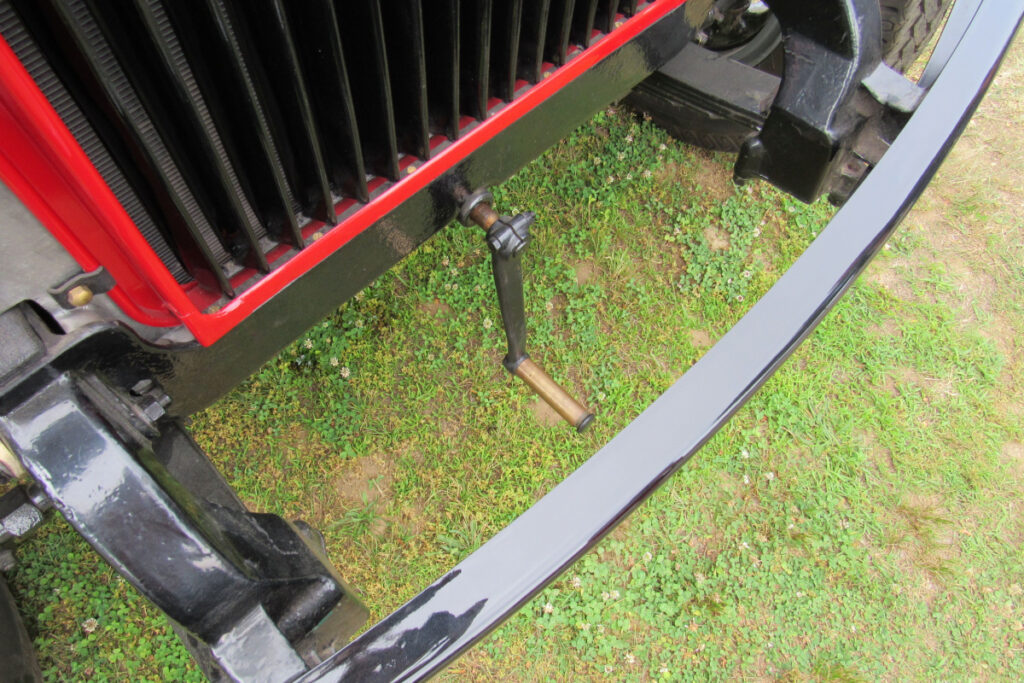
In the early days of motoring, cars had to be started by manually cranking an arm that turned the engine. This could be dangerous if the car backfired, causing the crank to spin in the opposite direction, potentially injuring the person at the crank. Electric starters, introduced by Cadillac in 1912, made starting cars much safer and more comfortable, and by the 1920s, hand cranks were largely a thing of the past.
Whitewall Tires

Whitewall tires, recognized by their distinctive white sidewalls, were a popular aesthetic feature in cars from the 1930s to the 1970s. As radial tires became the standard and tire technology improved, whitewalls gradually fell out of favor due to their higher maintenance and the changing tastes toward a more sleek, all-black tire look. By the 1980s, they were largely reserved for classic and vintage cars.
Pop-up Headlights
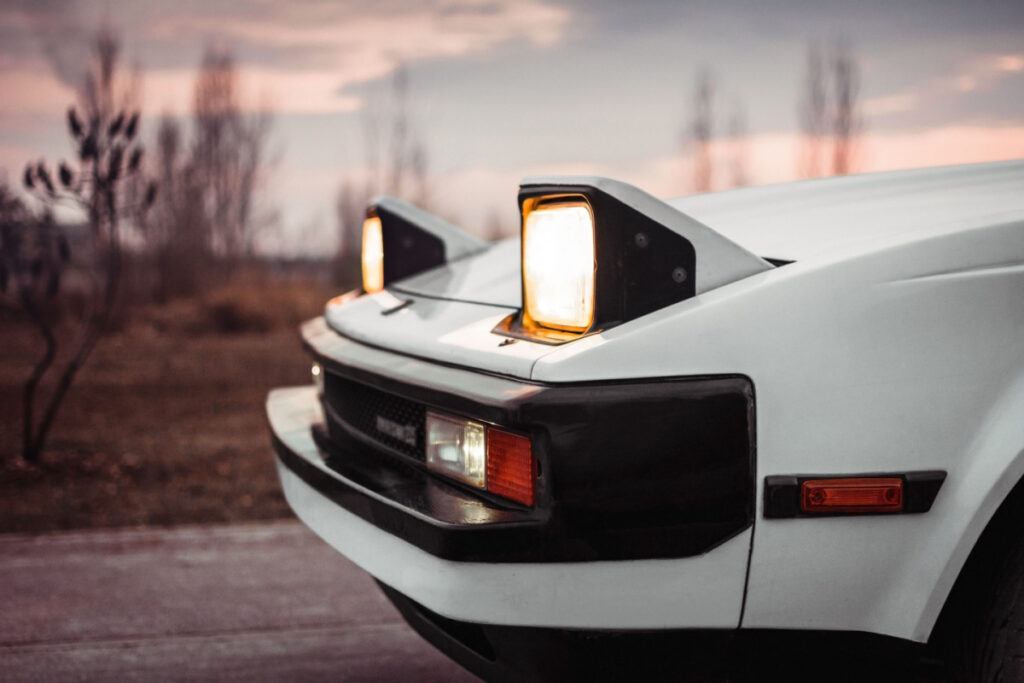
Pop-up headlights, or flip-up or hidden headlights, were a popular design feature in many sports cars from the 1960s to the 1990s. They allowed for sleek car designs without the aerodynamic compromise of fixed headlights. However, they fell out of use due to increased safety regulations, costs, and the development of more advanced lighting systems. The 2004 Chevrolet Corvette C5 was the last car model to feature pop-up headlights.
Metal Keys
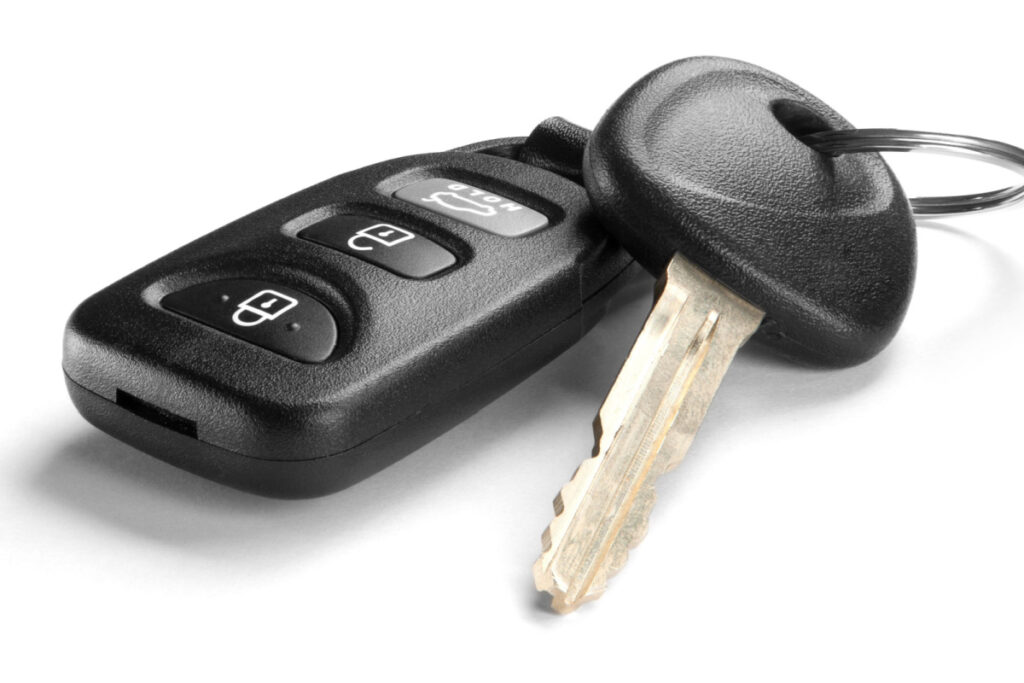
Keyless entry systems and push-button start have replaced traditional metal car keys. These systems offer more convenience and additional security features, such as starting the car’s engine or opening its trunk remotely. Metal keys started to be phased out in the late 1990s when luxury brands began offering keyless entry and started as standard or optional features. By the late 2010s, even most non-luxury brands had adopted these systems in new models.
This article originally appeared on MyCarMakesNoise.
More from MyCarMakesNoise
25 Priciest Cars in the World

Embarking on a journey through the echelons of automotive luxury and performance, we delve into an exclusive realm where cars transcend ordinary functionality to become benchmarks of engineering excellence and opulence. Read More
20 Unattractive Muscle Cars That Impress Under the Hood

Muscle cars are famous for their power and rugged looks, but not all are universally praised for their design. This article explores the less conventionally attractive muscle cars—those that may not win beauty contests but still pack a powerful performance. Read More
20 of the Coolest Dodge Cars Ever Built

From roaring muscle cars that defined a generation to innovative designs that revolutionized the automotive industry, Dodge has consistently raised the bar in terms of both performance and style. In this article, we’ll shift gears through history, exploring the most iconic and beloved vehicles that have donned the Dodge badge. Read More


